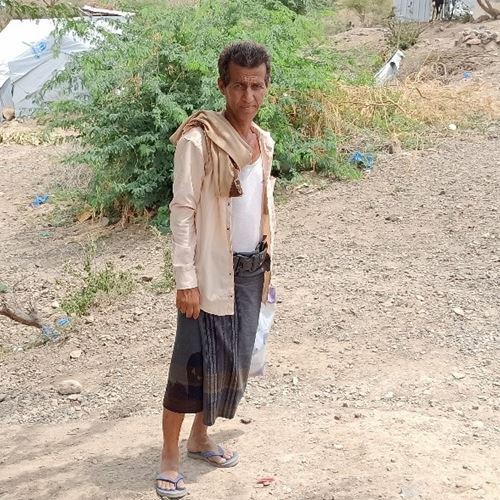Yearning for a Home that No Longer Exists: The Dilemma Facing People Forced to Flee in Yemen
A decrease in violence has opened opportunities for diplomacy and the search for durable solutions for Yemen's displaced population.

More about the report
Despite the lapse of the UN-brokered truce in October 2022, the conflict has entered a phase of reduced fighting, resulting in fewer casualties and displacements. International support for political negotiations towards peace is growing. However, significant challenges remain in finding long-term alternatives for the millions of internally displaced people (IDPs) in Yemen. The report emphasizes the need to prioritize the experiences and realities of the displaced population and calls for a systematic framework to track returns and comprehensive policies to support IDPs. This research aims to contribute evidence and recommendations to the ongoing discussions on achieving durable solutions and improving the lives of displaced people in Yemen.
Mohammed's story:
Mohammed was a manager in a school in the subdistrict [before displacement]. I left my home on 17 March 2020 because of the conflict. I tried to go home to get the rest of the house’s furniture. It was my choice [to return] because of what we suffer here [in the location of displacement] in terms of hunger, thirst, disease and the lack of anything to live with dignity. I have tried to return four times. I thought the situation [back home] was not that bad but I wasn’t able to go back. I reached my house but the gunmen threatened me and told me not to try again. My house was destroyed and looted. I felt it was unsafe. I travelled on foot for six hours and got a cut on my foot. As a diabetic, I suffered so much from this wound. All my attempts to return were unsuccessful as the gunmen ask for permits to enter and they shot at me. The area has mines and the house is destroyed. The furniture was stolen. The livestock died. The land was deserted. I plan to stay [in the location of displacement] until the conflict in the area ends because assistance is reaching this camp. No-one has ever asked me about [my attempted return] before.
KEY RECOMMENDATIONS
- Yemen’s internationally recognised government (IRG) and Ansar Allah should grant aid agencies full access to IDPs, host communities and the areas of origin that people are returning to. They should make sure both aid responses and strategies for durable solutions are based on the expressed needs and intentions of the communities they are designed to support.
- The UN leadership should develop a Yemen-wide framework for tracking returns and attempted returns and coordinating a clear and consistent understanding of not only displaced people’s intentions but also whether those intentions are informed by lived experiences (that is, attempts to integrate with host communities, relocate or return to their areas of origin).This requires ensuring consistency in the assessment approaches, questionnaires and tools it uses to research displaced people’s intentions and the barriers they face in achieving durable solutions.
- The Office of the Special Envoy of the Secretary-General for Yemen (OSESGY) should do more to base peace talks on the lived experiences of conflict-affected communities and specifically those living in displacement. It should note that a negotiated peace agreement or prolonged pause in conflict may have unintended negative consequences for displaced people. It should mitigate and monitor those consequences and raise them with parties to the conflict.
- The Office of the Special Adviser on Solutions to Internal Displacement should ensure there continues to be space for providing humanitarian assistance and protection to populations that need them. It should support government and engage development agencies in seeking durable solutions.
- International non-governmental organisations working in Yemen should embed a durable solutions lens in all programming. They should take into account people’s lived experiences and intentions and make sure aid meets their needs and aspirations.
- The donor community should ensure funding enables aid agencies to continue to support displacement-affected communities but is also flexible enough to respond to displaced people’s intentions and movements. This should include flexible, multi-year funding streams that support nexus approaches.